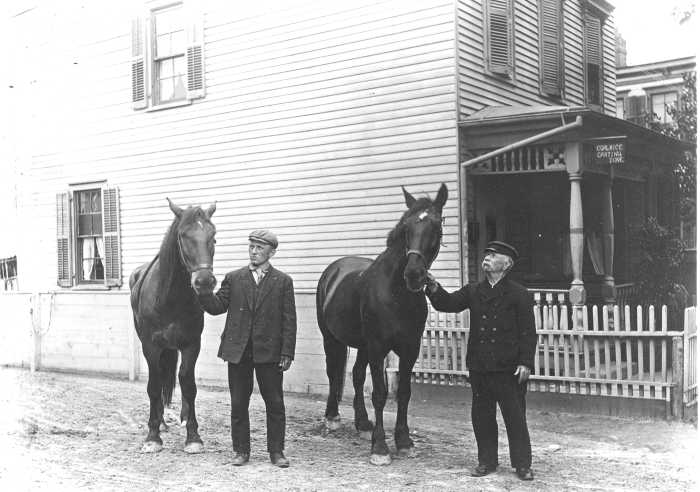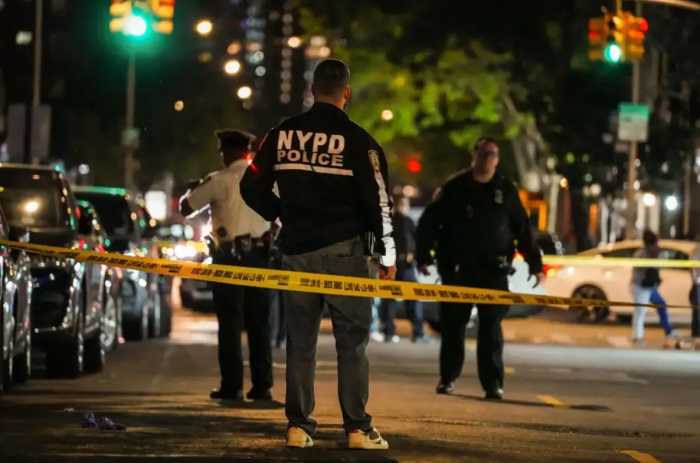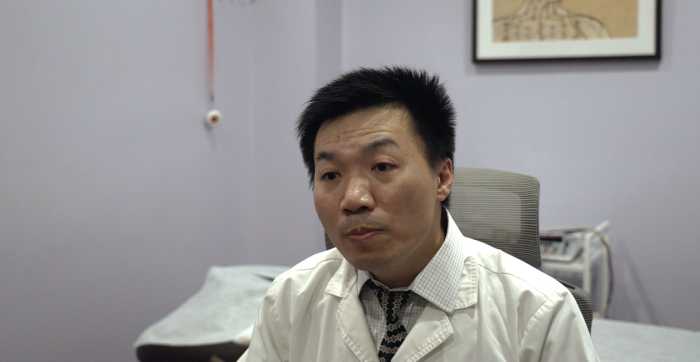By Corey Bearak
The U.N. needs a temporary home while its offices on a nine-acre campus between 42nd Street and 49th Street off First Avenue undergo a $1.2 billion upgrade. The state Senate has blocked a temporary site in nearby Robert Moses Park in response to community opposition in Manhattan. Any non-park use in parkland requires state legislation to permit the land's “alienation.” The U.N. is now considering sites in Queens and downtown Brooklyn, according to the report. Queens officials and community leaders might look to bring this $650 million “auxiliary” development to Willets Point.In October, the New York City Economic Development Corporation sought out requests for expressions of interest from developers for the “Iron Triangle,” the 48-acre Willets Point Development District. Eighty-five percent of the uses in this area east of Shea Stadium to the Flushing River north of Roosevelt Avenue involve auto uses, including parts (some say junkyards) and repairs. Would it not make sense to invite the U.N. to look there?Queens is home to the most diverse set of ethnic, religious and national backgrounds. It rivals the membership of the U.N. General Assembly. The Corona and Flushing neighborhoods bordering Willets Point reflect that.U.N. investment in Willets Point can jump-start development there. This includes a hotel and conference hall proposed by the Queens Chamber of Commerce. The site's proximity to Queens' two airports certainly works. Just like in my argument for the Jets to return in a stadium at Willets Point also built to host the Olympics, the locale is surrounded by two highways, and served by existing Long Island Railroad and subway lines. Ferry service can also be extended.The site needs city infrastructure – sewers, in particular – and the EDC suggested 15 years ago that only non-industrial uses would make that investment worthwhile for the city. The property's M3-1 heavy industry zoning remains an impediment. However, the EDC plans to work with a selected developer on a master plan including any needed zoning changes. Any plan would need the support of the community board, borough president, city planning commission and city council.With the U.N. headquarters renovation expected to take a decade, a Queens site would encourage substantial economic activity. The introduction of U.N. employees and international community members who attend U.N. conferences and assemblies means economic development that should more than trickle along Roosevelt Avenue.Existing and new business would invest along that dynamic thoroughfare and nearby areas. Some familiar with U.N. plans suggested to the New York Post a substantial operation may remain in the “interim” location after the U.N. returns to its headquarters.Imagine the possibilities: A new facility or two new facilities where Shea Stadium now stands to serve as a home field for our new Mets; as host to the 2012 Olympics and Superbowl-bound Jets; and a beautiful, appropriately developed Iron Triangle anchored for 10 years by the U.N. with a hotel and convention center. This development may also spur private efforts to deck the MTA's LIRR, subway and bus facilities along the corridor.Walk the Iron Triangle. See junkyards and auto repair shops. Check it out after a rainy day. Then look at the EDC's Jan. 13 presentation on the Internet at www.nycedc.com/RFP/WilletsPointRFEIInfoSession.pdf.Funny thing that a presentation for a Willets Point stadium for the Jets/Olympics could easily be juxtaposed on this mayoral presentation on developing Willets Point. A U.N. site in Queens would be a homecoming of sorts. The U.N. traces its roots to nearby Flushing Meadows Corona Park. Is it not coincidental that Robert Moses plays a role in the U.N.'s current dilemma? In 2005, the Robert Moses park might cause the U.N. to look at Queens. Six decades ago, it was the park's namesake who converted the 1939 World's Fair skating rink into a temporary home for the U.N. General Assembly.According to the EDC, “Development proposals should leverage the district's advantageous location, as well as facilitate local connections between downtown Flushing, Corona, Shea Stadium and Flushing Meadows Corona Park. Proposed development should be of sufficient scale to bring in visitors or users from throughout the region to the Flushing area and create substantial positive economic value for New York City through the provision of quality jobs for area residents.”The Web site advises: “For additional information on Willets Point, please contact William Walsh at 212-618-5789 or willetspointrfei@nycedc.com.” The original March 18 submission deadline was extended to April 8.Corey Bearak is an attorney and adviser on government, community and public affairs. He is also active in Queens civic and political circles. He can be reached via e-mail at Bearak@aol.com. Visit his web site at CoreyBearak.com.


































